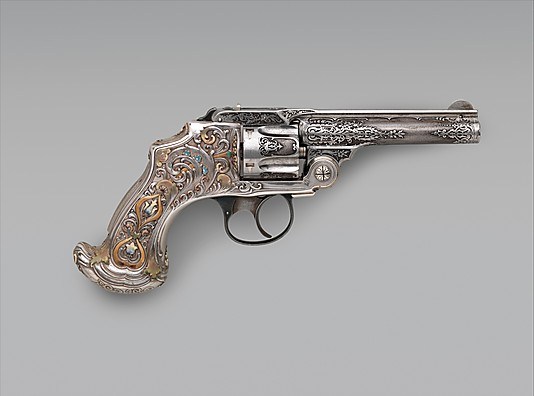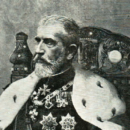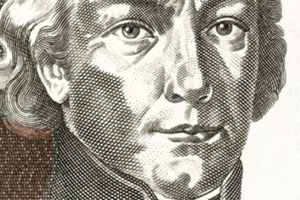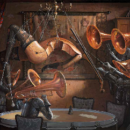
Beautiful but deadly: handguns decorated by Tiffany
Between about 1880 and 1905, Tiffany & Co. embellished a series of deluxe handguns for the nation’s leading firearms manufacturers, notably Colt, Winchester, and, most important, Smith & Wesson.
The guns were either special orders for Tiffany’s well-heeled clientele or commissioned by the manufacturer as show pieces for display in exhibitions such as the World’s Columbian Exposition in Chicago in 1893. We will present you some of the most faimos of its.
1. Smith and Wesson .44 New Model No. 3 Single-Action Revolver, serial no. 25120
This New Model Revolver was a special order, recorded in the Smith & Wesson archives as having been shipped to Tiffany’s in 1888. Once in New York, the plain nickel-plated frame received a two-piece silver grip etched overall with scenes of a buffalo hunt.
During the late nineteenth century, Tiffany’s often used etching to render large areas of ornament, including complex and often charming pictorial compositions like this buffalo hunt.

2 Smith and Wesson New Model No. 3, .44 Caliber Double-Action Navy Revolver, serial no. 23060.
Exhibited by Smith and Wesson at the World’s Columbian Exposition in 1893, this is an unusual example of Tiffany “jeweled” silver. The semiprecious stones suggest the influence of Islamic weapons.


3. Smith and Wesson .32 Single-Action Revolver, Serial no. 94421. The revolver was shown by Smith and Wesson at the World’s Columbian Exposition in Chicago in 1893.


4 Smith and Wesson .44 Double-Action Revolver for George Jay Gould (1864–1923), serial no. 23402. The grip is covered in sheet silver, enclosing plaques of ivory. It also bears the initials, GJG, for George Jay Gould, (1864–1923), a wealthy financier and railroad executive.


5 Smith and Wesson .32 Single-Action Revolver, Serial no. 17156.
The grip is sheathed in silver and etched with foliage around shaped panels inlaid with laminated metal that has a wood-grain pattern. This Japanese technique, called mokume (“wood grain”), was one of various metalworking forms explored by Tiffany and Company’s chief designer, Edward C. Moore (1827–1891).


6 Smith and Wesson .38 Double-Action Revolver, Serial no. 70002.
The silver grip has a hammered surface popular in domestic silverware of the period. Its design reflects the elegant, whimsical style of Art Nouveau.


7 Smith and Wesson .38 Caliber Safety Third Model Double-Action Revolver, serial no. 83097.
The flamboyant Art Nouveau grips recall French or Russian enameled silver. The revolver was shown by Smith and Wesson at the World’s Columbian Exposition in Chicago in 1893.











